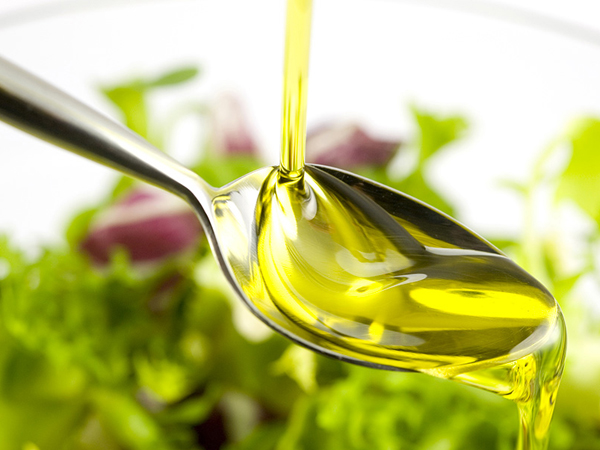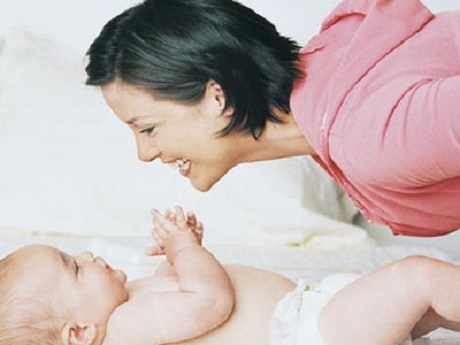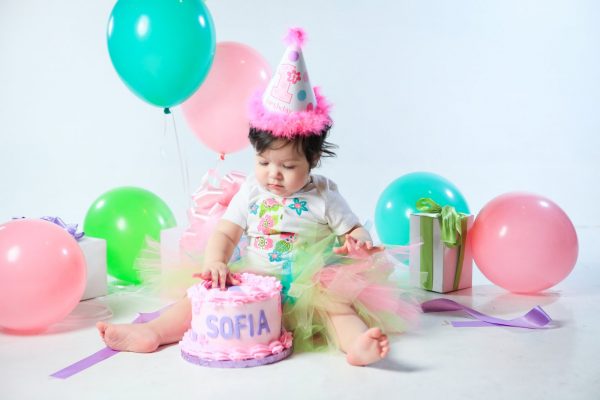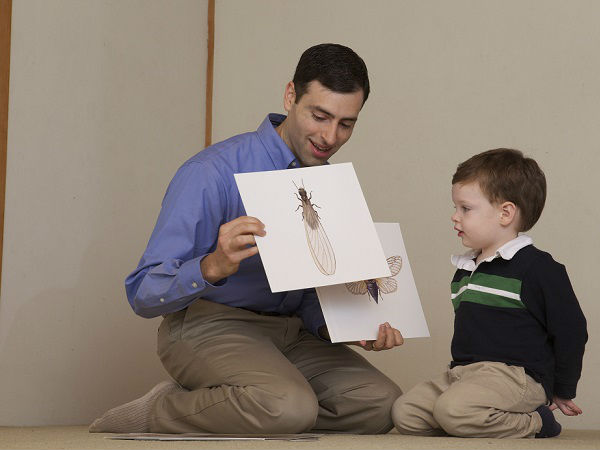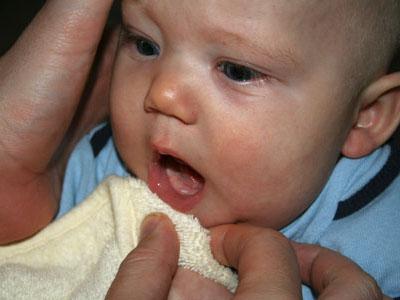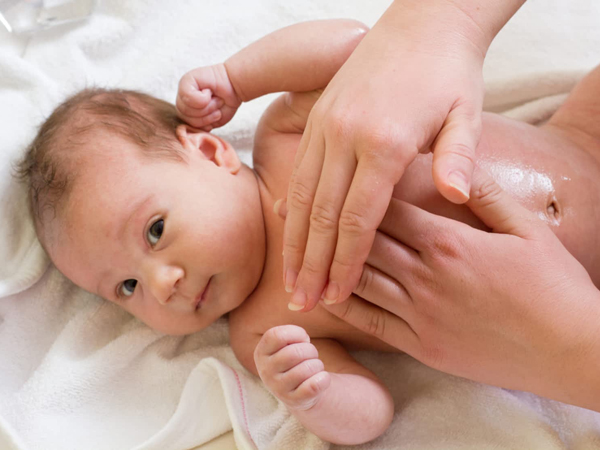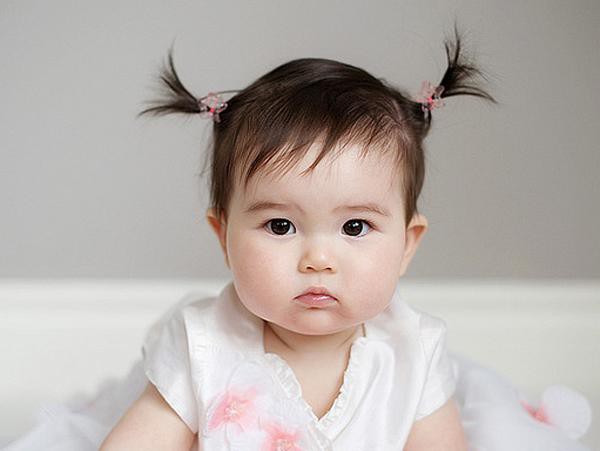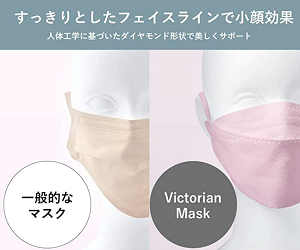The suckling of a newborn baby needs to be kept warm, but this does not mean keeping it moist anytime, anywhere by wearing a hat. This habit can affect a child's health.
content
What do mothers understand about newborns?
4 habits that affect baby's tapering
Folk still say that wearing a hat to cover a baby will help avoid colds and flu. In fact, the child's disease is caused by bacteria or viruses. Tapered protection needs the right way and at the right time, otherwise it will backfire.
What do mothers understand about newborns?
Newborn baby's head has 2 front and back lobes. The anterior cone is located between the frontal bone and the crown bone. The posterior cavity is located between the parietal bone and the occipital bone. When you touch them, you can see that these areas are soft, not as stiff as the surrounding skulls.
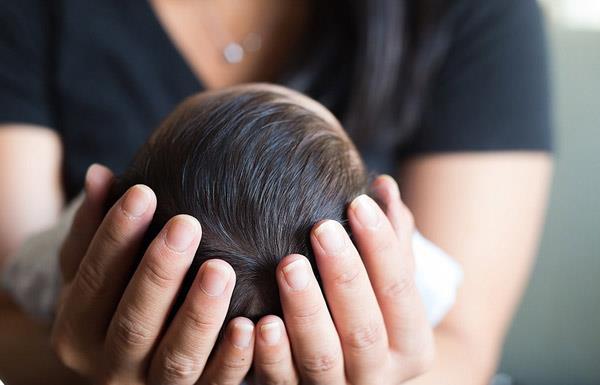
Nursing for newborn babies needs to combine scientific knowledge and reasonable folk experience
Squeeze helps the skull to be flexible during birth and is suitable for the development of the skull as the baby grows. The system of lobes and elastic seams between the skull bones performs a very important function: protecting the baby's brain against external pressure. When the baby's head comes out from the mother is squeezed. Without elastic gaps the baby will be in pain. Furthermore, bleeding can occur in the brain, in the eye area and periosteal region.
After giving birth , even though you try to observe it, it is difficult for mothers to identify the posterior horn of the baby because it is smaller than the previous one and will close in about 6 weeks after birth. The anterior duct usually lasts longer, 12 to 18 months after birth.
4 habits that affect baby's tapering
The care for a newborn baby should be careful, avoiding strong impact. In addition, mothers should also pay attention to some of the following bad habits:
1. Cut your child's hair too soon
The custom of cutting hair on the first day of the month for children appears in many regions. However, from a medical point of view, cutting hair too early for a child is not safe for the fontanelle.
Usually beyond 1 year of age, the baby's tenderness begins to heal, then it is considered safe to cut hair because they no longer play a protective role. In addition, the act of cutting hair if not done carefully can damage the baby's scalp.
However, in a few children growing thick and fast, many mothers want to cut their hair, blood to clear the head area. Combined with earlier conjoining fontanosis can proceed beyond 6 months of age. Note to leave a layer about 1cm long.

Take note of 10 common mistakes when taking care of babies When you first become a mother, you must receive a lot of advice from people around, from feeding the baby to taking care of babies in the early days ... you! Not all child care habits are right, especially with the following 10 experiences
2. Keep too warm
According to research, the head is the most heat generator, about 40% of a baby's body temperature. But at the same time it is the place that releases up to 85% of body temperature. That is the basis for doctors to recommend using a conical hat in the first month, especially premature babies.
For children who have passed the mother's stay, about 3 months, it is not necessary to wear a hat, if the room temperature is warm enough. Standard room temperature is from 28-30 degrees Celsius. If your baby is premature, the bird is only 30-32 degrees Celsius.

Wearing a conical hat for a child also needs to be the right way to be effective
Conceptually, wearing a hat to increase the temperature of the brain affects the nerve area that controls breathing, there is no scientific evidence to prove. Children who are hot and sweat a lot can only lead to illness and fever.
Keeping the baby's tigers warm properly is that when the baby goes out, in cold temperatures or after a bath, the scalp needs to be dried immediately and kept warm with a hat so that the baby does not lose heat leading to a cold.
4. Put your child on a pillow early
Are infant pillows really necessary? In the first stage, mothers do not need to buy pillows for their babies, but only take advantage of a soft towel to avoid choking on milk while lying down.
Letting a baby lie on a pillow too early can affect the head and sucker area if the mother does not know how because the baby's head bone is still very soft in the early stage of life, so if the pillow is too long, the bones will be deformed according to the lying position.

Pillows for babies: Items needed or redundant? Besides considering whether to let babies sleep separately or to sleep with parents, whether or not babies should lie on pillows is a lot of controversy. So, are baby pillows an essential item or just a scrape?
5. Abuse of calcium pills
During pregnancy, many pregnant mothers overuse drugs containing calcium. This can cause your baby to be born with a very small or almost closed ring. This will put too much pressure on the baby's brain when the baby is born. You can completely eliminate this risk by supplementing with calcium-containing foods.





